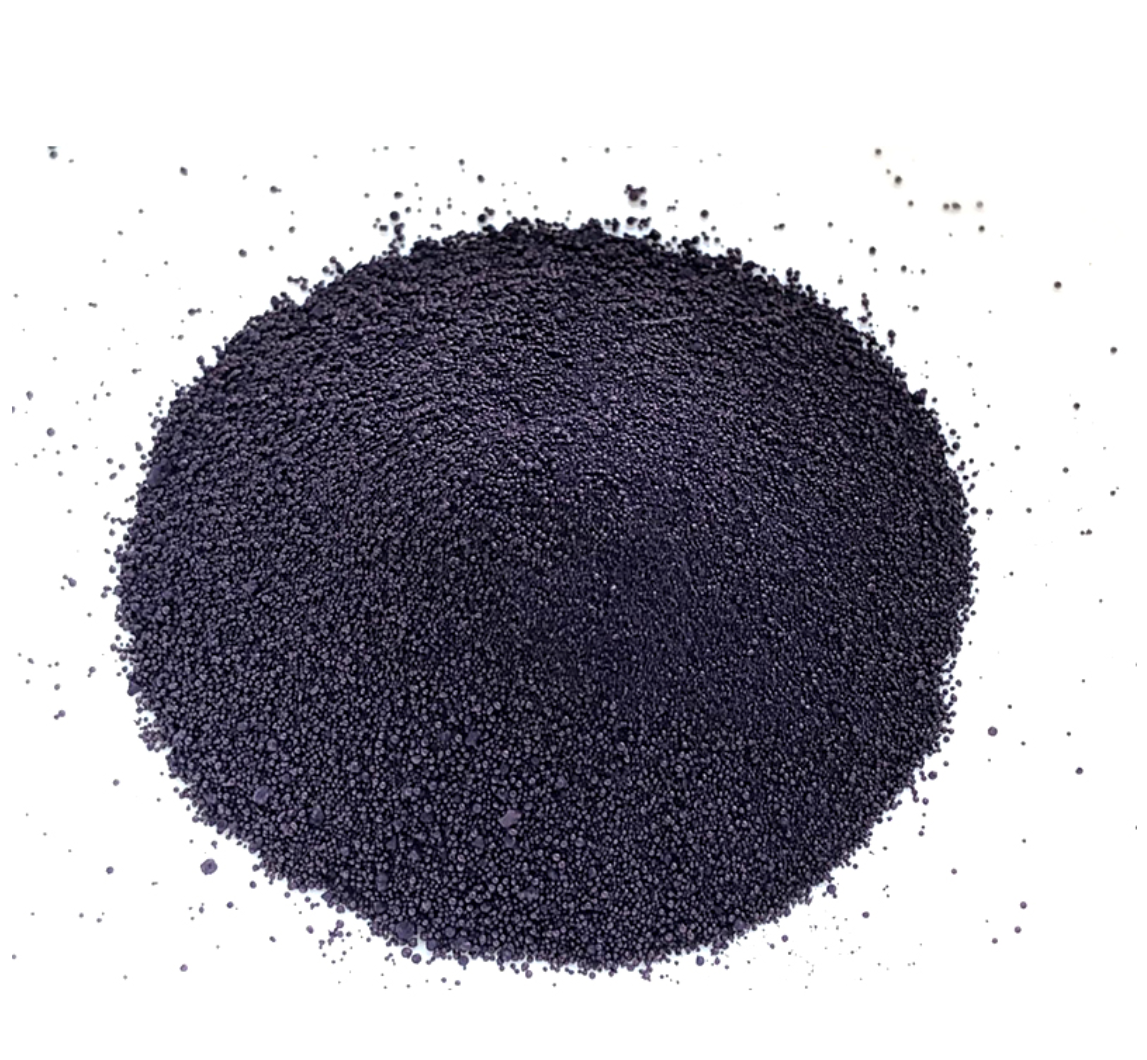Choosing the Ideal Fabric for Achieving Vibrant Indigo Dye Results
The Best Fabric for Indigo Dye An In-Depth Look
Indigo dyeing is a color-rich process that has captivated artisans and fashion enthusiasts for centuries. This traditional dye-making method, originating from various cultures around the world, yields vibrant shades of blue and is known for its unique ability to create depth and character in the fabric. However, not all fabrics are created equal when it comes to accepting indigo dye. Understanding the best materials for indigo dyeing can help you achieve the desired results in your textile projects.
Understanding Indigo Dye and Its Properties
Indigo dye is distinct from many other dyes because it is not soluble in water. Instead, it requires a reduction process where the dye is converted into a soluble form, which is then applied to the fabric and allowed to oxidize, returning to its insoluble state to produce the iconic blue color. This complex process requires fabrics that can hold onto the dye while providing a rich depth of color.
Best Fabrics for Indigo Dyeing
1. Cotton Cotton is arguably the best fabric for indigo dyeing. Its natural fibers absorb dye efficiently, allowing the indigo color to penetrate deeply and create rich, vibrant hues. Cotton also provides a soft texture, making it a popular choice for clothing, home textiles, and various DIY projects. Fabrics such as denim, muslin, and canvas are especially well-suited for indigo dye as they can withstand multiple dye baths, enhancing the depth of color with each application.
2. Linen Another excellent option for indigo dyeing is linen. Made from flax fibers, linen has a natural luster and a unique texture, which can add character to dyed pieces. Although it may not absorb dye as readily as cotton, proper pre-treatment and a well-executed dye process can yield beautiful results. Linen is particularly favored in summer garments due to its breathability.
best fabric for indigo dye

3. Silk While silk is a more delicate fabric, it can still be successfully dyed with indigo. The resulting color is often softer and has a luxurious sheen that other fabrics don’t possess. It is crucial to handle silk with care, as its fibers can be sensitive to prolonged exposure to alkaline solutions used in the dyeing process. A gentle dyeing technique will ensure that the fabric retains its integrity and beautiful finish.
4. Wool Though not as common, wool can also be dyed with indigo. Its natural scales allow for dye penetration, resulting in rich hues. However, it is important to note that wool typically absorbs dye differently, leading to a more muted tone compared to cotton or linen. Additionally, the dyeing process for wool may require different temperatures and mordants, making it a more complex option for beginners.
5. Rayon Rayon, a semi-synthetic fabric made from regenerated cellulose, can take indigo dye quite well. It offers a drape similar to silk and absorbs dyes efficiently, producing vibrant colors. However, rayon can sometimes shift in hue when exposed to sunlight or washing, so some care should be taken when working with this material.
Preparing Fabric for Indigo Dyeing
Regardless of the fabric you choose, proper preparation is essential for successful indigo dyeing. Begin by washing the fabric to remove any finishes or oils that may hinder dye absorption. It’s also a good idea to mordant the fabric (if necessary), which helps fix the dye to the fibers. Pre-soaking in a vinegar solution can work wonders for cotton and linen, while silk sometimes requires a specific mordant for optimal results.
Conclusion
Choosing the right fabric is crucial to achieving stunning results with indigo dye. Cotton and linen are top contenders for their excellent dye absorption and versatility, while silk brings an exquisite touch to any dyed piece. Wool, though unusual, can yield unique results with the right technique. Regardless of your choice, understanding each fabric's characteristics will enhance your indigo dyeing experience, allowing for creativity and artistry to flourish. Embrace the traditional art of indigo dyeing, and watch as your fabric transforms into a canvas of beautiful blue hues, rich with history and culture.
-
The Timeless Art of Denim Indigo Dye
NewsJul.01,2025
-
The Rise of Sulfur Dyed Denim
NewsJul.01,2025
-
The Rich Revival of the Best Indigo Dye
NewsJul.01,2025
-
The Enduring Strength of Sulphur Black
NewsJul.01,2025
-
The Ancient Art of Chinese Indigo Dye
NewsJul.01,2025
-
Industry Power of Indigo
NewsJul.01,2025
-
Black Sulfur is Leading the Next Wave
NewsJul.01,2025

Sulphur Black
1.Name: sulphur black; Sulfur Black; Sulphur Black 1;
2.Structure formula:
3.Molecule formula: C6H4N2O5
4.CAS No.: 1326-82-5
5.HS code: 32041911
6.Product specification:Appearance:black phosphorus flakes; black liquid

Bromo Indigo; Vat Bromo-Indigo; C.I.Vat Blue 5
1.Name: Bromo indigo; Vat bromo-indigo; C.I.Vat blue 5;
2.Structure formula:
3.Molecule formula: C16H6Br4N2O2
4.CAS No.: 2475-31-2
5.HS code: 3204151000 6.Major usage and instruction: Be mainly used to dye cotton fabrics.

Indigo Blue Vat Blue
1.Name: indigo blue,vat blue 1,
2.Structure formula:
3.Molecule formula: C16H10N2O2
4.. CAS No.: 482-89-3
5.Molecule weight: 262.62
6.HS code: 3204151000
7.Major usage and instruction: Be mainly used to dye cotton fabrics.

